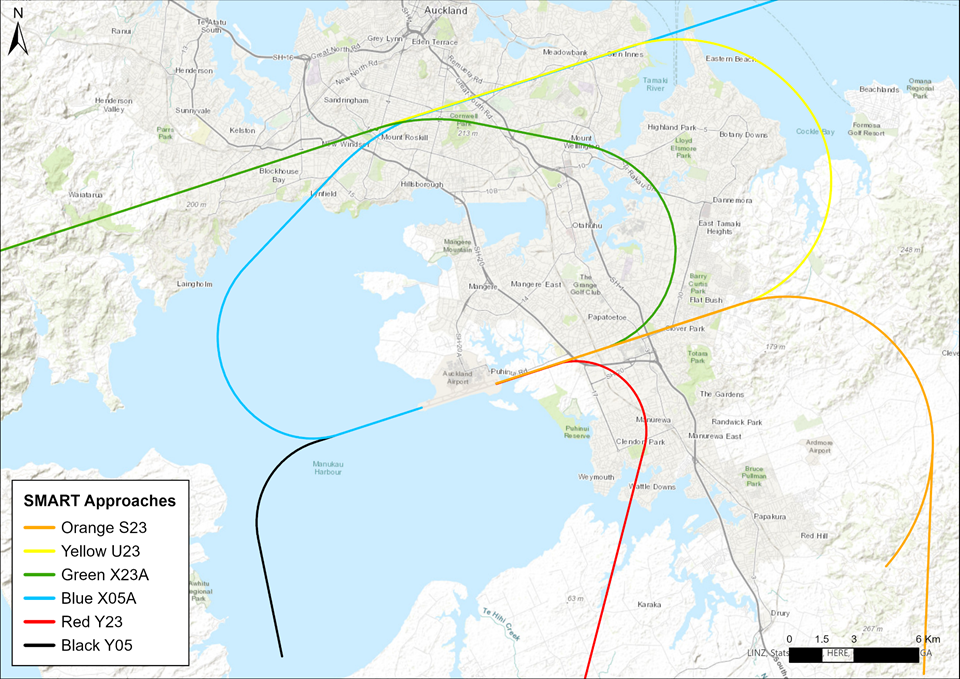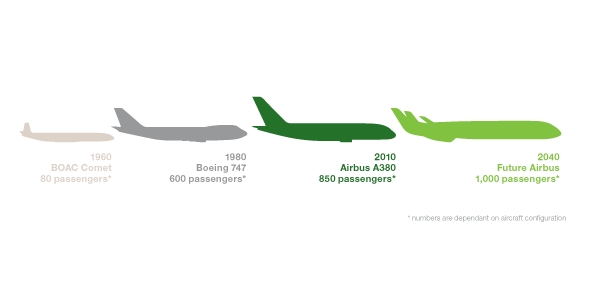Current Aircraft Noise Contours map
Use our online map to check whether your home may be eligible
The aviation industry is using satellite navigation technology to introduce SMART Approaches at Auckland Airport. SMART Approaches enable aircraft to burn less fuel, emit less carbon dioxide and fly more quietly.
Aircraft manufacturers are also working on reducing the environmental impacts of air travel, by building quieter, more fuel efficient planes.
Airways New Zealand, Auckland Airport and the Board of Airline Representatives New Zealand (BARNZ) have been working together to trial and implement new flight paths, called SMART Approaches, into Auckland Airport.
The SMART Approaches use satellite-based navigation and enable aircraft to burn less fuel, emit less carbon dioxide and fly more quietly. They contribute to international aviation carbon dioxide-emission reduction proposals and are aligned with the Government’s National Airspace and Air Navigation Plan.
The SMART Approaches help Auckland to be better connected to the rest of New Zealand and the world. They are in line with global developments and safely enable the growth of Auckland Airport, which is vital to New Zealand’s economy.
Click here to read more information about SMART Approaches

In recent years Auckland Airport has experienced growth in passenger numbers, but the number of flights is not increasing at the same rate. That’s because planes are getting bigger, and carrying more people.

Innovations, like the bypass engine, have helped make aircraft much quieter than they were 40 years ago. And today’s aircraft are likely to be replaced by even quieter models in the future. Boeing says its B787 Dreamliner aircraft has a 60 percent smaller noise footprint, than the models it replaces. Airbus reports its new A350XWB has exterior noise levels as much as 21 EPNdB, or effective perceived noise decibels, below the current international aviation noise standards.
Watch a video showing the noise difference between older and more modern aircraft.
While individual aircraft have become quieter over time, the growth in travel, trade and tourism, combined with bigger populations and higher housing density, means more planes are flying today and aircraft may be more noticeable to the community.
The number of aircraft using Auckland Airport is expected to continue growing, so the aviation industry is focused on managing aircraft noise in a socially responsible way.
A recent example of this is Air New Zealand and Airbus working together to cover small cavities on the underside of each wing of an A320 aircraft. The attachments are retrofitted to the aircraft and reduce noise when the aircraft is approaching the airport and approximately 16 – 40 kilometres away from the runway.
